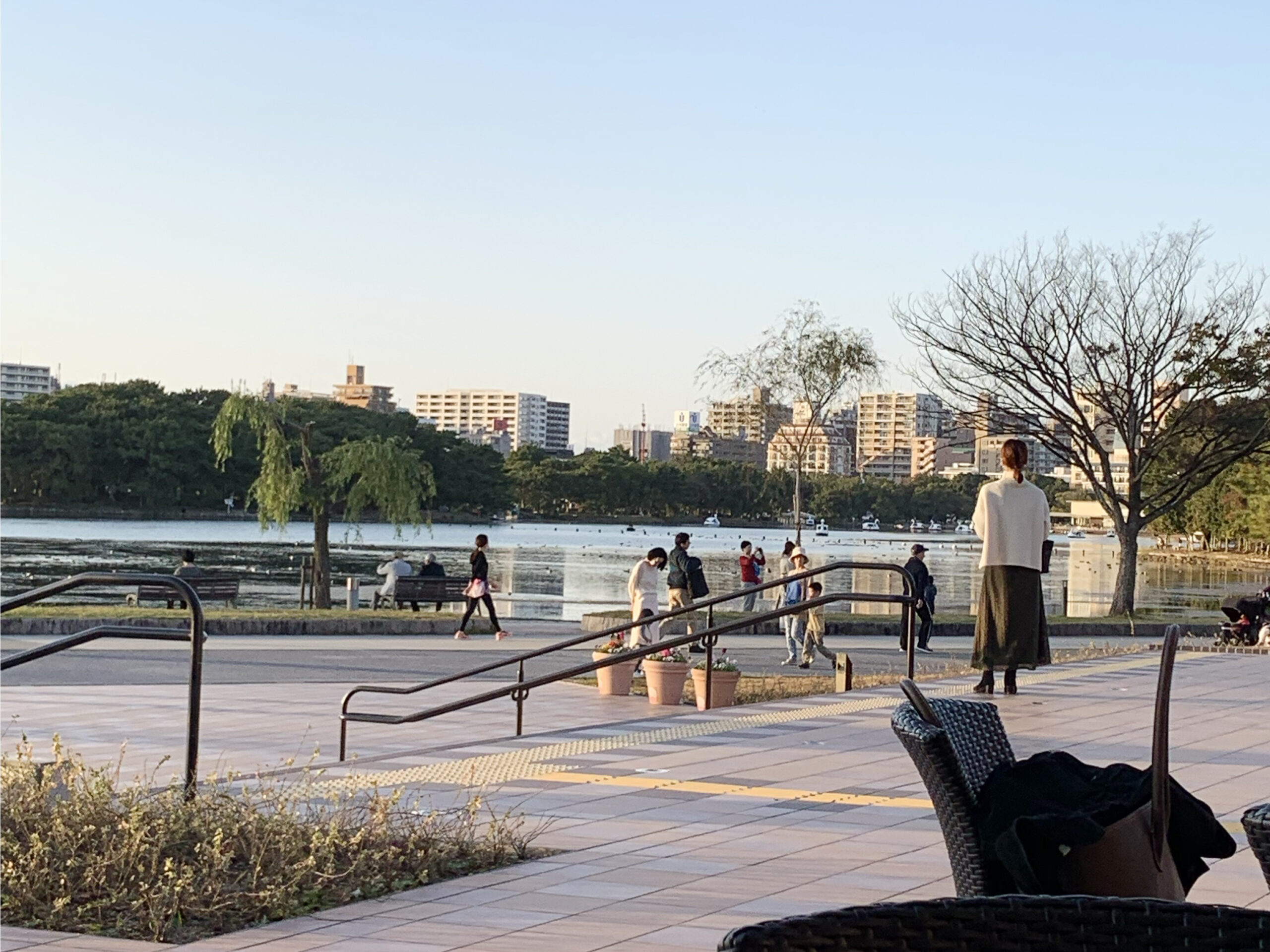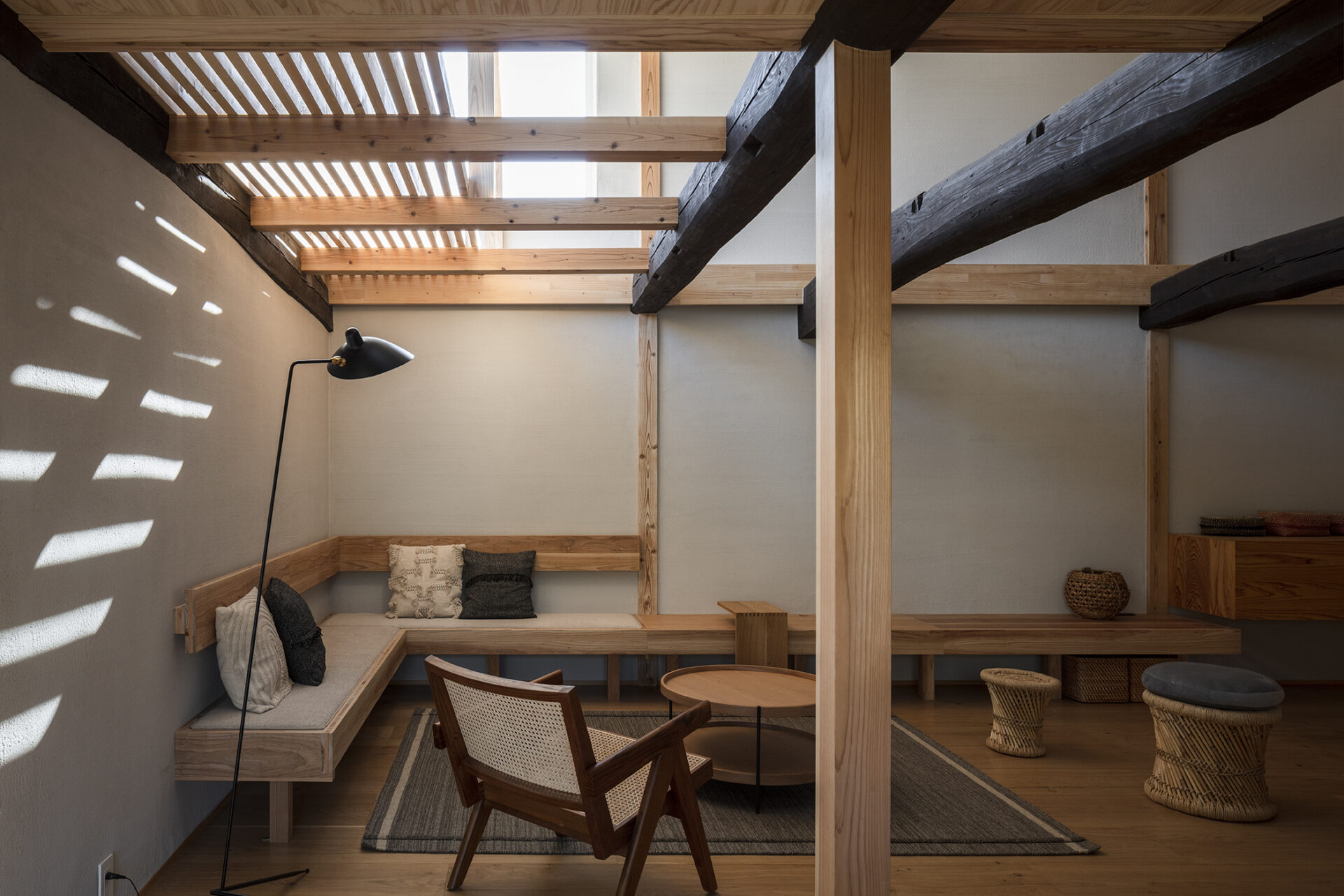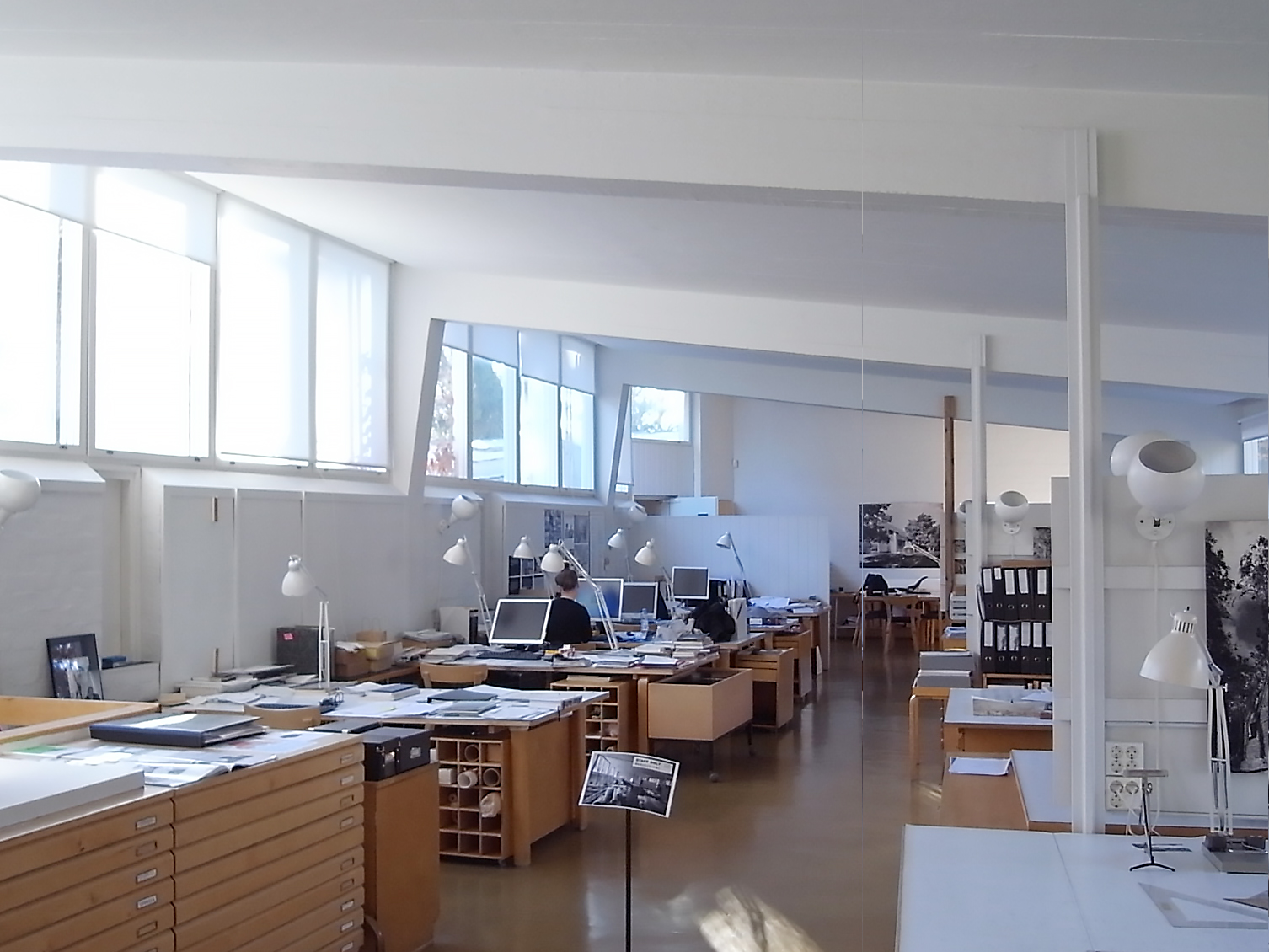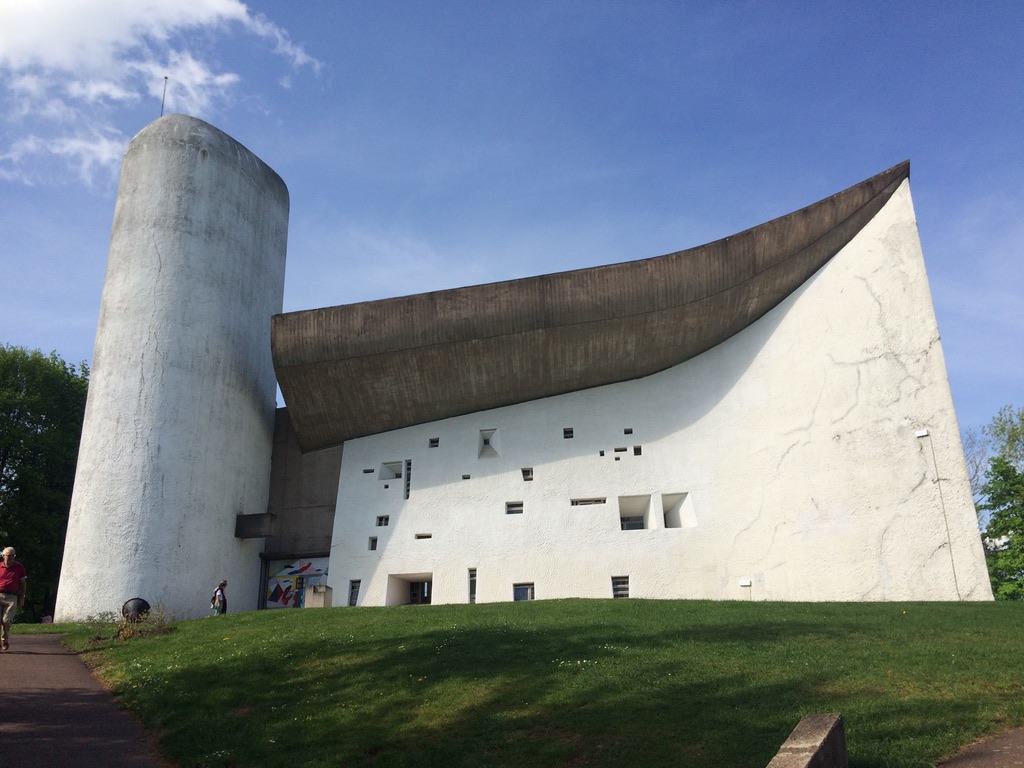
1. Whether I want to live there depends on the town’s atmosphere.
When deciding where to live, most people want to live in a charming town with a pleasant atmosphere. Opinions describing a town’s atmosphere might include positive descriptions like “refined,” “harmonious and beautiful,” “rich in history,” or “abundant in nature,” while negative descriptions might include “cluttered,” “old,” or “desolate.”
What aspects of a town shape these impressions? While reasons vary by region, I’d like to introduce several representative factors from a professional perspective that contribute to this somewhat elusive concept of a town’s atmosphere.
2. The “Urban Development Zone” and “Urban Development Control Zone” that determine whether the town will develop in the future
This gets a bit technical, but each region is divided into areas like “urban development zones” and “urban development adjustment zones” by prefectures and municipalities under the Urban Planning Act.
Urban development zones are areas that already form urban districts or areas slated for urban development within 10 years. Urban development adjustment zones are areas where urban development should be restrained.
In essence, this divides areas into those intended for future development and those not intended for development. In areas not intended for development (urbanization control zones), the size and permitted uses of buildings are legally restricted, making them areas highly unlikely to develop in the future.
First and foremost, this distinction between “urbanization zones” and “urbanization control zones” significantly impacts a town’s development.
3. Land use districts that restrict building purposes
Another crucial factor shaping a town’s atmosphere is zoning districts. While you might not encounter this term often in daily life, it comes up when purchasing real estate or constructing buildings.
Land use zones are broadly categorized into residential, commercial, and industrial types, further subdivided into a total of 13 specific classifications.
These 13 classifications impose regulations on building height and permitted uses. The table below lists the land use zone on the left and provides an image of the typical buildings found in that area on the right. The top row represents residential zones with the strictest regulations; restrictions become progressively less stringent as you move down the table.
1. Low-Rise Residential District Type 1
2. Type II Low-Rise Residential District
3. Type I Mid-to-High-Rise Residential District
4. Second Type of Mid-to-High-Rise Residential-Only District
5. The First Type of Residential Area
6. The Second Type of Dwelling Area
7. Quasi-Residential Area
8. Rural Residential Areas
9. Neighborhood Commercial District
10. Commercial District
11. Semi-Industrial District
12. Industrial District
13. Industrial Exclusive District
Two-story house
Two-story house + store (under 150m²)
Four-story building
Four-story building + supermarket
Low-rise + mid-to-high-rise
Low-rise + mid-to-high-rise + pachinko parlor
Along national highway + mid-to-high-rise + pachinko parlor
Two-story house + convenience store + farmland
Shopping district
Department store near station
・Areas with only houses are low-rise residential districts
・Areas with 4-story apartment buildings or other structures are mid-to-high-rise residential districts
・Areas with a mix of low-rise and mid-to-high-rise buildings are residential districts
・Areas with many shops are (neighborhood) commercial districts
Organizing it this way might make it easier to understand.
There are Type 1 and Type 2 designations, with Type 1 being the area with stricter restrictions.
The purpose of establishing land use zones is to prevent mixed uses.
The goal is to create a favorable urban environment by separating residential, commercial, and industrial areas.
Residential neighborhoods, office districts, and shopping streets exist largely due to these zoning regulations.
Additionally, in densely built-up areas with low-rise, subdivided lots where large-scale redevelopment might occur in the future, there are High-Density Utilization Districts. These allow small plots to be consolidated for unified redevelopment, enabling the construction of taller buildings like high-rises.
Here, “high-density” refers to utilizing land intensively by building larger structures rather than smaller ones.
Areas where wooden houses or apartments suddenly give way to condominiums and offices are likely High-Density Development Districts. A key feature is that designation imposes minimum building coverage restrictions, preventing construction on small plots. This forces land consolidation, promoting redevelopment through high-density utilization.と整理するとわかりやすいかもしれません。
A 10-meter-tall design that significantly impacts the town’s atmosphere
The three points we’ve looked at so far relate to urban planning and building regulations. Laws are a crucial factor in determining a city’s image and atmosphere because they influence the height of buildings constructed in that location.
Generally, the relationship between streets and buildings up to 10 meters in height is considered important. That’s roughly the height of a three-story building. When walking through a city, you probably don’t notice floors above the third level much. A famous example that emphasizes this principle is Hillside Terrace in Daikanyama.
Composed of diverse buildings kept under 10 meters in height, it creates a pleasant space for pedestrians. I believe this is a major factor defining the atmosphere of this place.
5. Toward a walkable city
As mentioned in the previous section, whether a space is enjoyable for pedestrians is crucial in determining a city’s appeal.
Many suburban cities in Japan are designed around cars and do not necessarily provide spaces that pedestrians can enjoy.
In contrast, many small European city centers feature separated pedestrian and vehicle zones, allowing people to safely enjoy activities like shopping.
Even in regional cities within a car-centric society, developing central areas as walkable public spaces can help restore vibrancy and contribute to creating an attractive town.
関連記事
-
 NOTE
NOTE
Akiya Renovation | Attractiveness and Methods of Renovation of traditional Japan…
ArchitectureThe Importance of Renovation of traditional Japane […] -
 NOTE
NOTE
Living Lively with Work and Residence in Close Proximity | Hints for a Prosperou…
LifeI would like to write about how living in close pr […] -
 NOTE
NOTE
The Difference between an Architect and Kenchiku-Shi | Who is an Architect?
ArchitectureWhat is an architect? I am often asked. It is a na […] -
 NOTE
NOTE
What Makes a City Attractive? | What Shapes the Atmosphere of Japanese Cities
City1. Whether I want to live there depends on the tow […]




